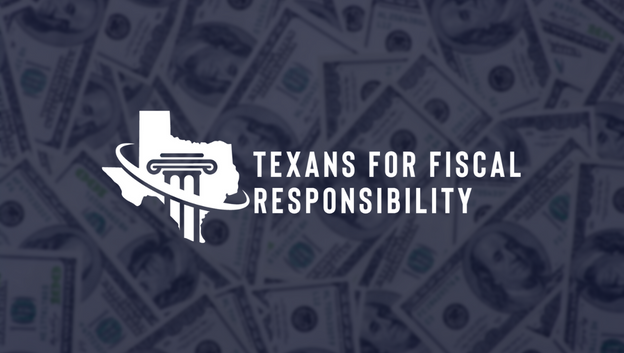
$31 trillion. Written another way, $31,000,000,000,000.
Sadly, milestones like these seem to have become all too regular. They are almost as certain as the political theatre performed by the U.S. Congress every few months over whether or not to raise the debt ceiling.
The bottom line is that it amounts to money owed and is a burden on the prosperity of future generations of Americans. To make matters worse, our elected “leaders” seemingly have no appetite for course correction.
$31 trillion.
Organizations like Truth in Accounting dispute that figure, however, pegging the actual amount of national debt to upwards of $144 trillion, as they factor in unfunded liabilities and entitlement programs like Social Security and Medicare.
Regardless, the number remains generally unfathomable and difficult to truly conceptualize.
Best Represented With Analogies
The Peterson Foundation recently provided analogies to help people understand what $31 trillion actually looks like. Here are just a few examples from their report:
- $31 trillion is more than the value of the economies of China, Japan, Germany, and the United Kingdom combined.
- $31 trillion amounts to $236,000 per household or $93,000 per person in the United States.
- If every household in the United States contributed $1,000 per month toward paying down the debt, it would take over 19 years.
- $31 trillion is enough to cover a four-year degree for every graduating high school student in the United States for 73 years.
Bottom Line
Both major political parties are at fault. The coming days and weeks will be full of political posturing and tribalist rhetoric, but the debt has soared under both Republican and Democrat administrations, with both having the luxury of partisan majorities in the U.S. Congress to address the issue throughout recent decades.
The debt burden is so large that the government would need to spend more money than the entire American economy to pay it off.
As the debt grows, so too does the interest accrual, making it even more costly to pay back. In fact, it is estimated that we are spending more than $1 billion per day on the debt interest payments alone. Put another way, sometime within the next 10 years, the federal government (i.e. the American taxpayer), will be spending more on interest payments than it does on research and development, infrastructure, and education combined. Just think about that.
Texas’ State & Local Debt Problem
Not to be forgotten, Texas also finds itself with a growing debt problem.
Of the six most populous cities in Texas, none of them have enough money to pay their bills.
According to Truth in Accounting’s 2021 State of the States Report, the state of Texas is considered a “sinkhole state.” They indicated that Texas needs nearly $107.6 billion to pay its ongoing expenses, which equals about a $13,100 burden on Texas taxpayers.
What Does it All Mean?
Economists are ultimately split as to the long-term effects of such large debt burdens. The only real certainty is that there does not appear to be a reprieve on the horizon, and without much-needed spending limits and a political culture that values fiscal responsibility, the burden of increasing debt and runaway spending will only get heavier on taxpayers.
In the words of Latin writer Publilius Syrus, “Debt is the slavery of the free.”




